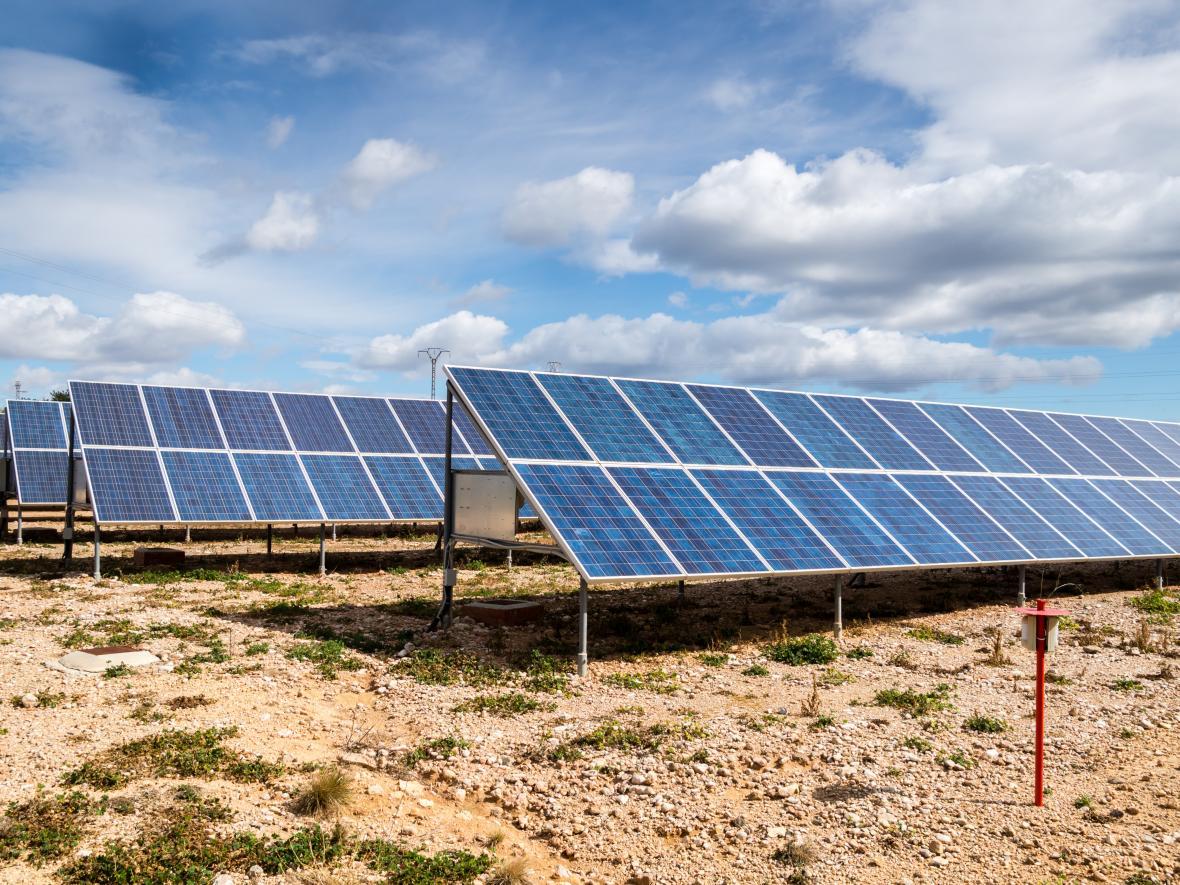
Solar Definitions
Listed below are some of the most common solar installations definitions. We provide these definitions so you can better understand the home solar installation process.
Alternating Current (AC) – an electric current that reverses direction at regular intervals.
Altitude – height of the sun above the horizon.
Ampere (amp) – unit of electric current (refers to flow of current); one ampere corresponds to a certain number of electrons passing a fixed point each second.
Array – photovoltaic modules connected together to provide a single electrical output.
Cell – basic unit of a photovoltaic panel.
Direct Current (DC) – an electric current in which electrons flow in one direction only.
Electrical Efficiency – useful power output divided by the total electrical power consumed.
Electric Circuit – complete path of an electric current, including the generating apparatus, intervening resistors, or capacitors.
Electric Current – rate of flow of electric charge, measured in amperes.
Electrical Grid – interconnected network for distributing electricity.
Energy – any source of usable power, as fossil fuel, electricity, or solar radiation.
Insolation – measure of solar radiation energy received on a given surface area in a given time.
Inverter – device that converts DC electricity into AC electricity.
Junction Box – protected enclosure for electrical wiring, sometimes called electrical box.
Kilowatt (kW) – 1,000 watts.
Kilowatt-Hour (kWh) – measure of kilowatt production of power in kilowatts and time in hours.
Load – (1) the power consumed on an electrical circuit. (2) a power-absorbing device, such as a blender, light bulb, etc.
Megawatt (MW) – 1,000,000 watts.
Module – interconnected assembly of solar cells; also called a panel.
Photovoltaic (PV) – technology and research that relates to the application of solar cells for energy by converting radiant energy directly to electricity.
Photovoltaic Efficiency – the ratio of power produced by a solar cell at any instant to the power of radiant energy striking the cell; certain factors such as temperature can cause the efficiency rate to vary during the day.
Photovoltaic System – a system which uses solar cells to convert light into electricity; consists of multiple components, including solar cells, mechanical and electrical connections and mountings and means of regulating and/or modifying the electrical output.
Radiance – light from the sun; also called solar radiance.
Remote System – photovoltaic system not connected to the utility grid.
Silicon – a chemical element from which semiconductors are made.
Solar – (1) of or pertaining to the sun. (2) utilizing, operated by, or depending on solar energy. (3) manufacturing or providing solar power.
Solar Energy – energy derived from the sun in the form of solar radiation.
Solar Power – energy from the sun that is converted into thermal or electrical energy.
Thin Film – a thin layer of semiconductor material, such as amorphous silicon, which is deposited directly onto a plate of glass. Least efficient of all solar cells.
Tracking Array – a solar array that follows the path of the sun to maximize the solar radiation incident on the photovoltaic surface.
Transformer – a device used to transfer electrical energy from one circuit to another; with an alternating current, a transformer will either raise or lower the voltage as it makes the transfer.
Volt (V) – standard unit of voltage; one volt produces one ampere of current when acting a resistance of one ohm.
Voltage – potential energy that makes the electrical current flow in a circuit by pushing the electrons around (pressure).
Watt (W) – the unit of electric power, or amount of work (J), done in a unit of time. One ampere of current flowing at a potential of one volt produces one watt of power.
